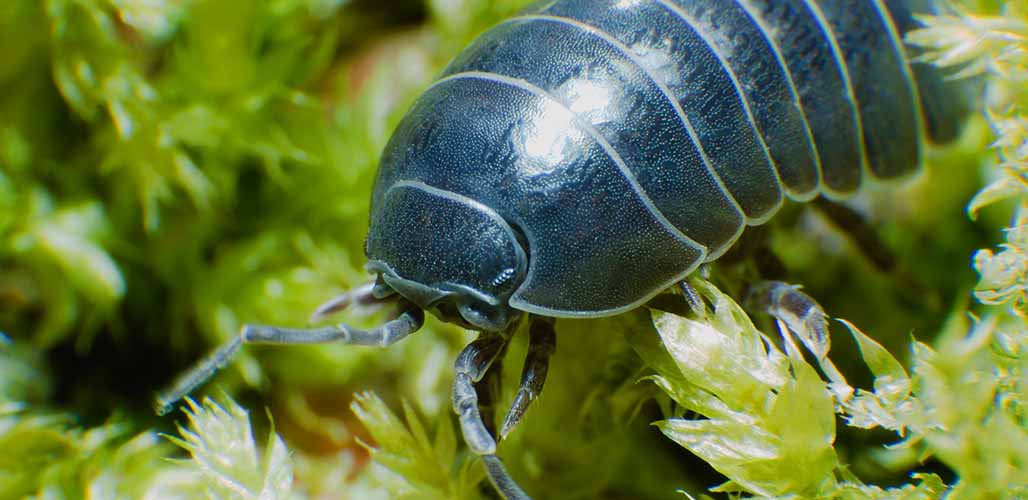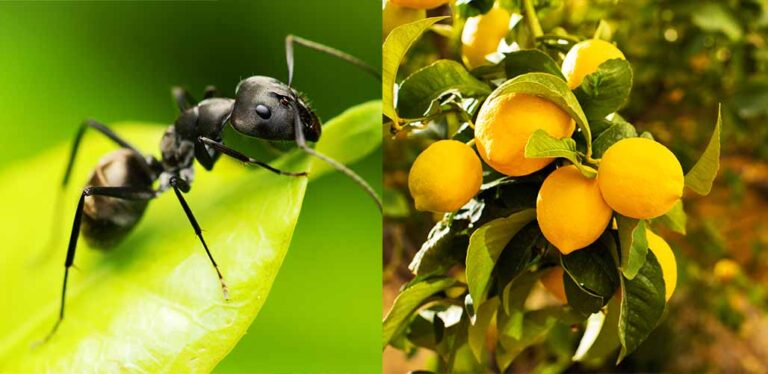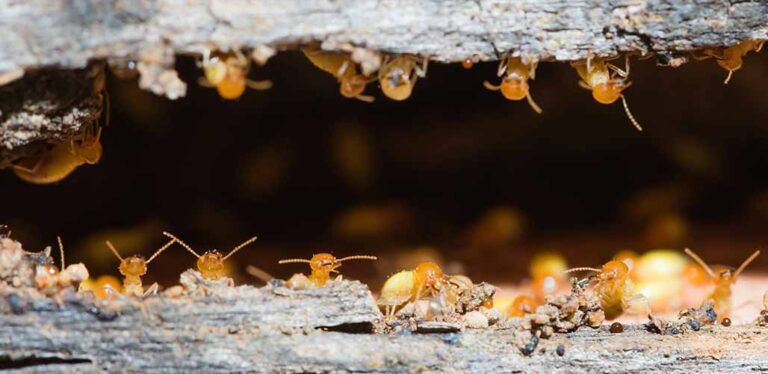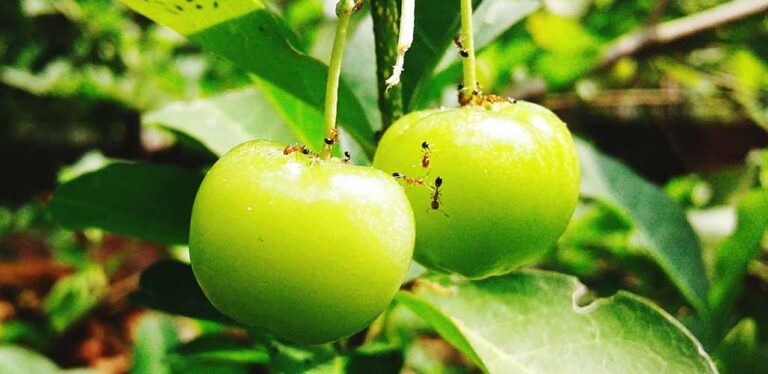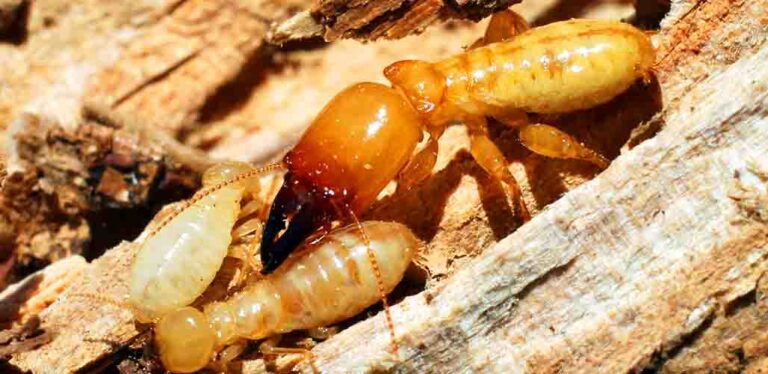How Often Do Pill Bugs Eat?
How often do pill bugs eat? I’m always finding pill bugs in my garden and in the landscape around my home. Sometimes they make their way inside the home as well, which can be quite alarming! But, luckily, pill bugs are easy to clear away when they get inside our houses. And, in the garden, the might not be as harmful as you’d first expect! Today, I’ll take a closer look at how often pill bugs eat, what they eat, and if they are harmful or beneficial to the garden.
Contents
- What are pill bugs?
- What do pill bugs eat?
- How often do pill bugs eat?
- Pill bugs in the garden
- How to get rid of pill bugs
What Are Pill Bugs?
The pill bug (also called the woodlouse or roly-poly) is not an insect. It is a type of crustacean known as a land isopod. The scientific name for pill bugs is Armadillidium vulgare. They’re called pill bugs because they can roll themselves up into a ball as a form of self-defense.
These little bugs are closely related to another land isopod called the sowbug (sowbugs are also sometimes called woodlice too). Isopods have existed for hundreds of millions of years. Many isopods live in the water but some live on land, like the pill bug. Isopods have segmented bodies and 7 pairs of similar walking legs (isopod means equal foot).
What Do Pill Bugs Eat?
Pill bugs like to live in dark, moist places. You’ll often find them in the soil under mulch, leaves, rocks, and logs. They primarily eat the dead and decaying plant material in their environment, along with mold and fungi. Sometimes they will eat animal matter like feces or decaying flesh. Occasionally pill bugs will eat growing plants, such as seedlings, roots, and fruits or vegetables that have dropped to the ground, but living plants are not their preferred food source.
How Often Do Pill Bugs Eat?
Pill bugs are often called nature’s janitors or clean-up crew. This is because, as we mentioned, they mostly feed on dead and decaying plant matter. Pill bugs are scavengers that eat as much as they want when their preferred food is available. They tend to look for food at night and remain hidden in their humid hiding places during the day.
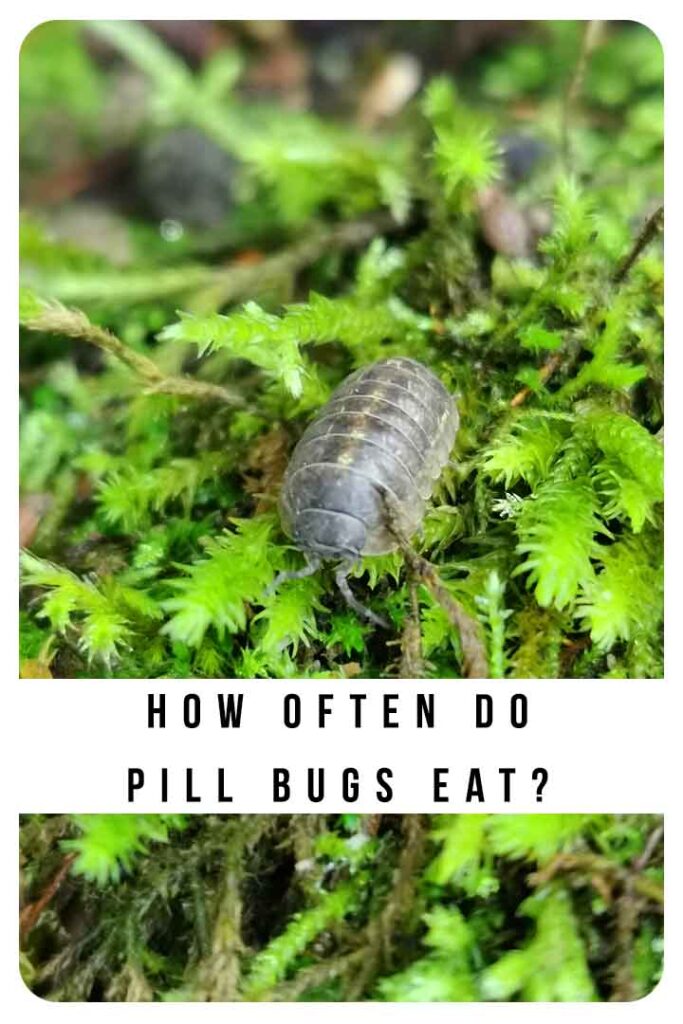
Pill bugs in the wild can venture out nightly to search for food. People who have pet pill bugs (yes, pill bugs are kept as pets!) feed them 4-6 ounces of food per week, broken down into 1-2 ounces 2 or 3 times per week. Because they can consume and excrete a large amount of organic material, they are beneficial for the soil, and gardeners should not view them as pests, as we’ll see next.
Pill Bugs in the Garden
Seeing pill bugs in the garden is generally not a cause for concern. Even when they venture into the house, they are more of a nuisance than a harmful pest. While pill bugs might sometimes eat some growing plants, especially roots or tender leaves and stems that are close to the ground, they are rarely classified as pests. When you see significant damage to living plants, chances are the culprit wasn’t a pill bug.
The fact that pill bugs eat decaying organic matter is a plus for your garden. How do pill bugs benefit the garden? Studies have found that there are many positive effects of pill bugs on local ecosystems, including:
- Increasing soil nutrients like nitrogen, phosphorus, and potassium
- Increasing soil pH
- Releasing carbon from fallen leaves
The presence of pill bugs can significantly improve the soil quality in your garden. They can also be a food source for beneficial garden insects like spiders and beetles. Pill bugs will also sometimes eat the eggs of stink bugs. Stink bugs harm plants by sucking the sap out of their host plants. By eating their eggs, pill bugs are a form of natural pest control.
How to Get Rid of Pill Bugs
While pill bugs are generally considered to be beneficial to the garden, sometimes there might be too many of them, or they might be getting into your house. A good thing to remember about pill bug control is that they like dark, damp environments. Control moisture in the garden by avoiding overwatering and overly wet soil. In the home, you might find them in damp, dark places like the garage or basement, so you can try dehumidifying those areas to reduce moisture.
Besides controlling moisture, you can also eliminate their preferred sources of food and shelter. In the garden, remove dead plant matter from the ground, as well as any hiding spots like fallen logs or large rocks. Removing mulch can also be helpful. In the home, you can try removing likely hiding places, like picking cardboard boxes up from damp garage floors.
You can eliminate them without harmful pesticides. Because pill bugs need moisture to survive, you can dry them out by applying diatomaceous earth to the soil (be aware that this may harm other bugs as well). Some gardeners like to remove pill bugs using fruit or vegetable traps. Cut a fruit or veggie and place it cut side down in the garden soil. Check the bottom for pill bugs and remove them manually. Keep in mind that pill bulls are not considered to be garden pests. In most cases they are not only harmless little critters, but they can also even be beneficial to your garden.
How Often Do Pill Bugs Eat?
Pill bugs eat surprisingly often, given their small size! And, they cannot survive for too long without food and moisture. So, this is why they don’t last long when they make their way into our homes. Usually, pill bugs aren’t the culprit when something is eating your plant, but in rare cases, they can cause more trouble than help!
More Help Controlling Pests in your Home
- How can pill bugs get in my home?
- Should I get rid of bed bugs?
- Are blowflies attracted to houseplants?
References
- ‘Pillbugs and Sowbugs (Land Isopods)’, Missouri Department of Conservation
- Franklin, J. (et al), ‘Featured Creatures: Pillbug’, University of Florida Entomology and Nematology Department (2021)
- Ficarro, L. ‘Caring for Roly Polys – Confessions of an Isopod Farmer’, Ficarro Farms (2020)
- ‘What Do Rolly Pollies Eat?’, Bio Explorer (2022)
- ‘Pill Bugs: Everything You Need to Know’, American Tarantula & Animals
- Gray, H. ‘How to Get Rid of Roly Poly Bugs’, Growing Spaces (2020)

